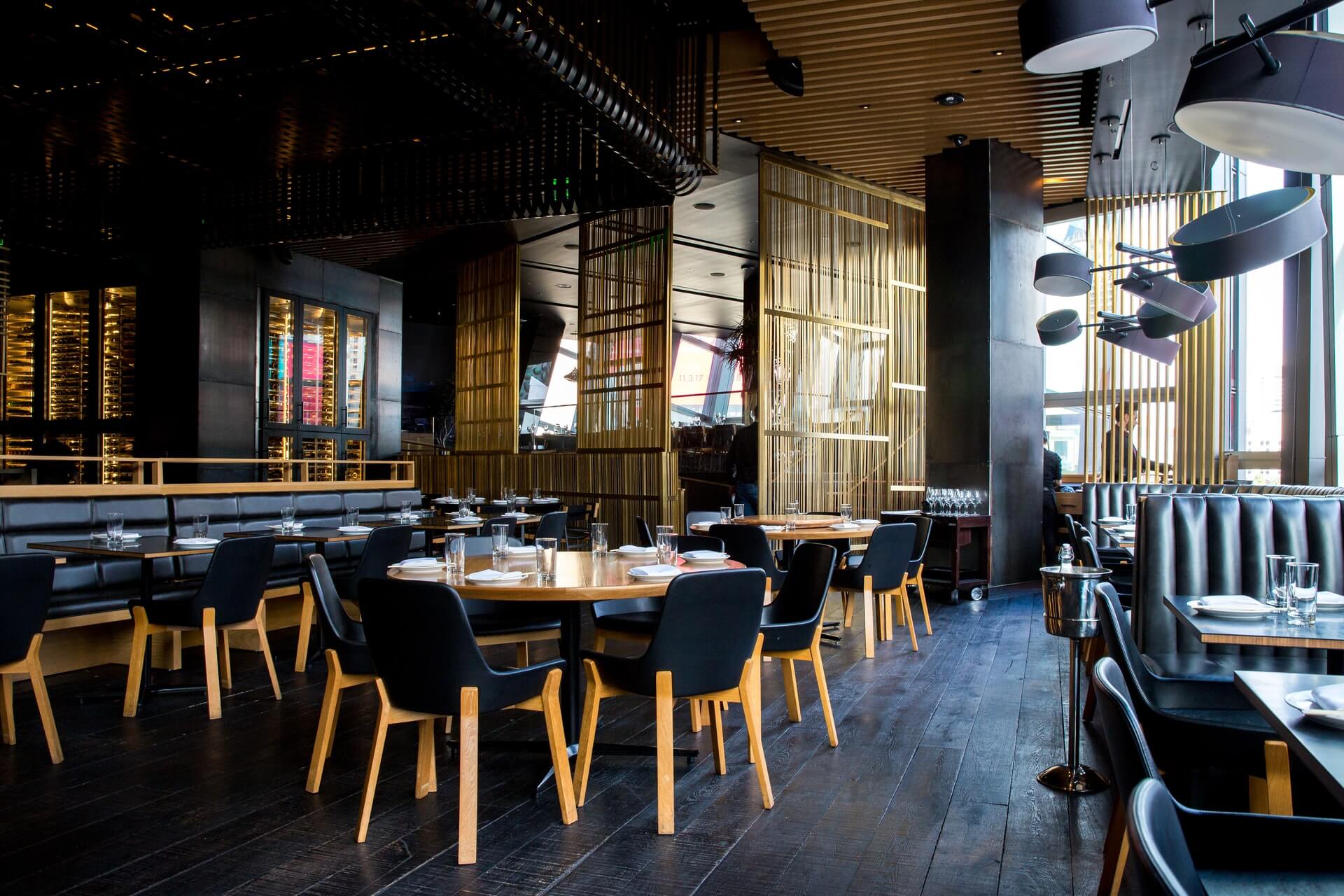Remote Restaurant Workers are Here
by David Klemt

When people think of working from home, rarely do they picture restaurant professionals working remotely.
Normally, people associate working from home with desk and cubicle jobs across an array of industries.
A newer technology company is trying to change that perception.
New Restaurant Tech
Bite Ninja seeks to match restaurants with remote workers to online ordering and drive-thru operations more efficient.
Let’s say your business has a drive-thru window. Obviously, someone has to work that window, meaning there are labor costs that accompany it.
As operators know, it’s difficult to recruit, hire and train right now. Some states point to the $300 federal boost to unemployment as a main culprit for the labor shortage restaurants are facing currently, announcing exits to the program.
According to Bite Ninja, remote workers are a feasible solution to labor and cost challenges (at least for some operations).
The tech company trains “Virtual Cashiers” and provides on-demand access to these remote workers.
Benefits
Per Bite Ninja, the company provides operators with several benefits. First and foremost, it would seem, is an answer to staffing challenges.
Obviously, if utilizing virtual cashiers costs less than recruiting, hiring, training and employing their counterpart, that’s a benefit. Another benefit? More staff is available to engage with and serve dining room and patio guests.
On the subject of no-call no-shows, the platform claims that simply doesn’t happen with their remote workers.
While not a solution for every operation, Bite Ninja also claims upsell averages of between $40 and $60 per shift. More importantly, the company says order accuracy through their virtual cashiers is nearly 100 percent. According to Bite Ninja, the average upsell per shift pays for a venue’s hired ninja. If that’s the case and virtual cashiers pay for themselves while making an operator more money, perhaps employees can see a pay bump.
Additionally, the company tracks some key metrics for their clients, including customer volume, order accuracy, and upsells.
KRG Hospitality Takeaway
We appreciate restaurant and bar tech that helps operators lower costs, increase profits, solve problems, improve the guest experience, and increase guest visit frequency.
However, we’re not fans of tech that eliminates a position from the industry and takes someone out of the workforce.
Bite Ninja isn’t a labor solution for every hospitality operation. For those who see the value in remote restaurant workers, at least the company isn’t building robots that eliminate one or more human jobs outright.
Image: Jonathan Kemper on Unsplash

